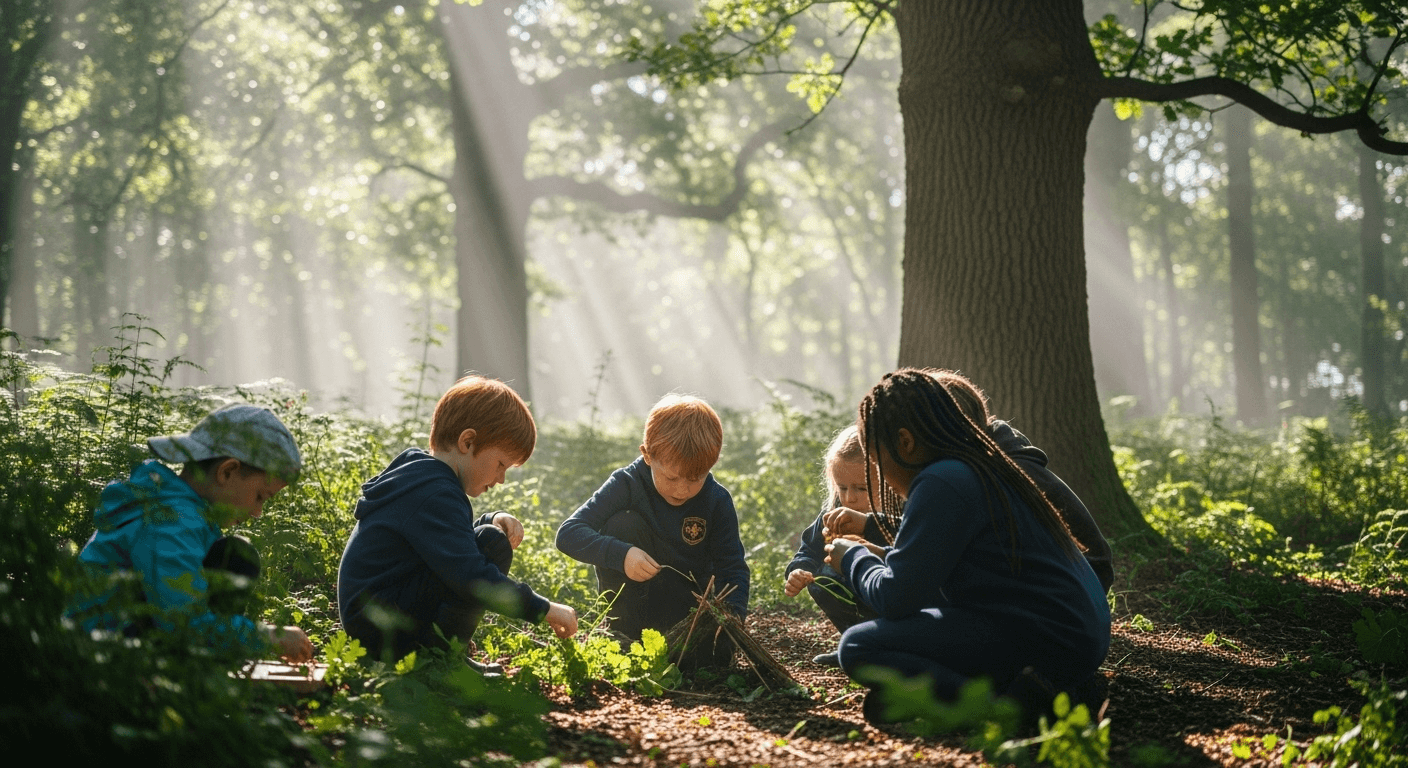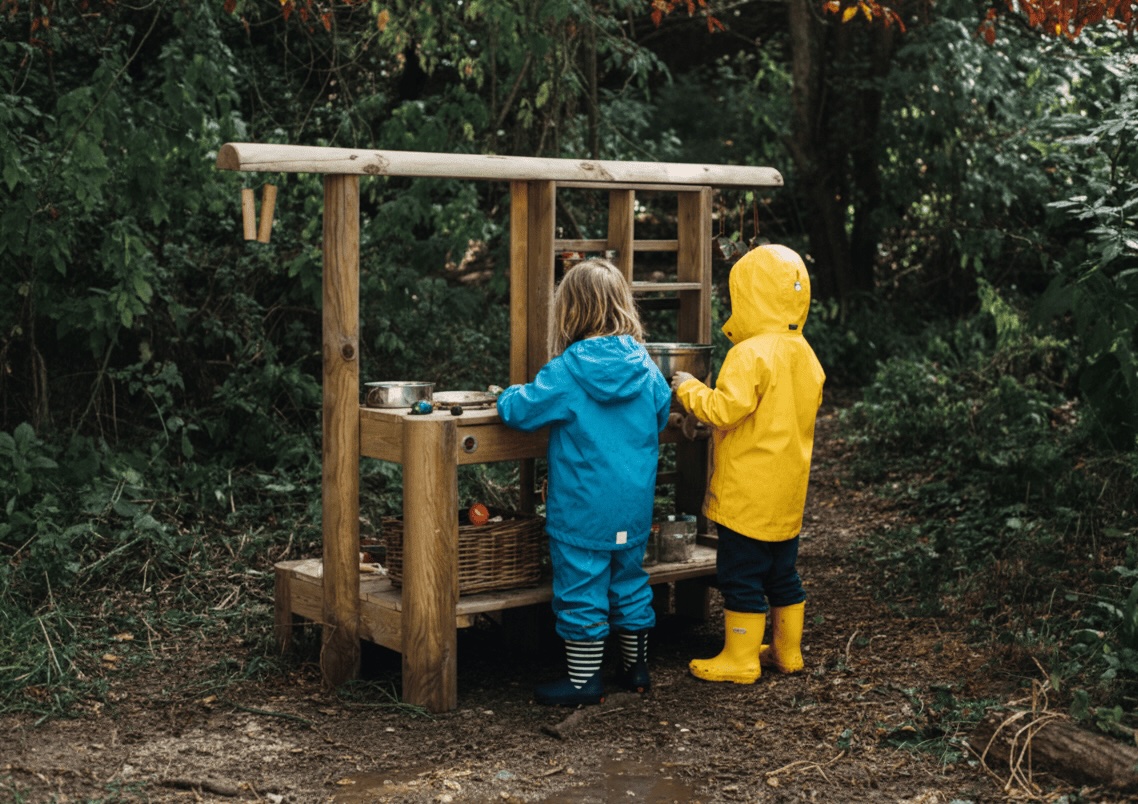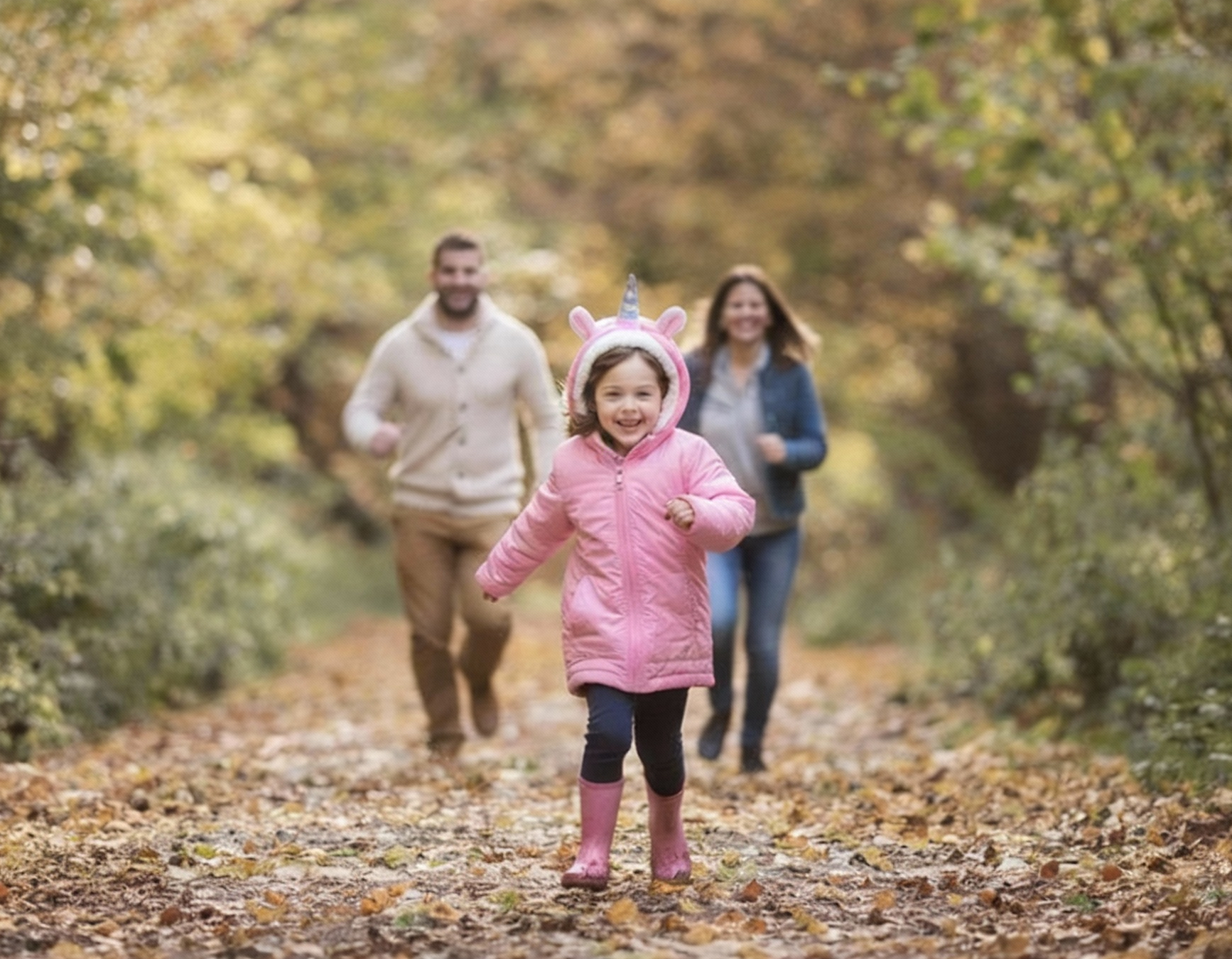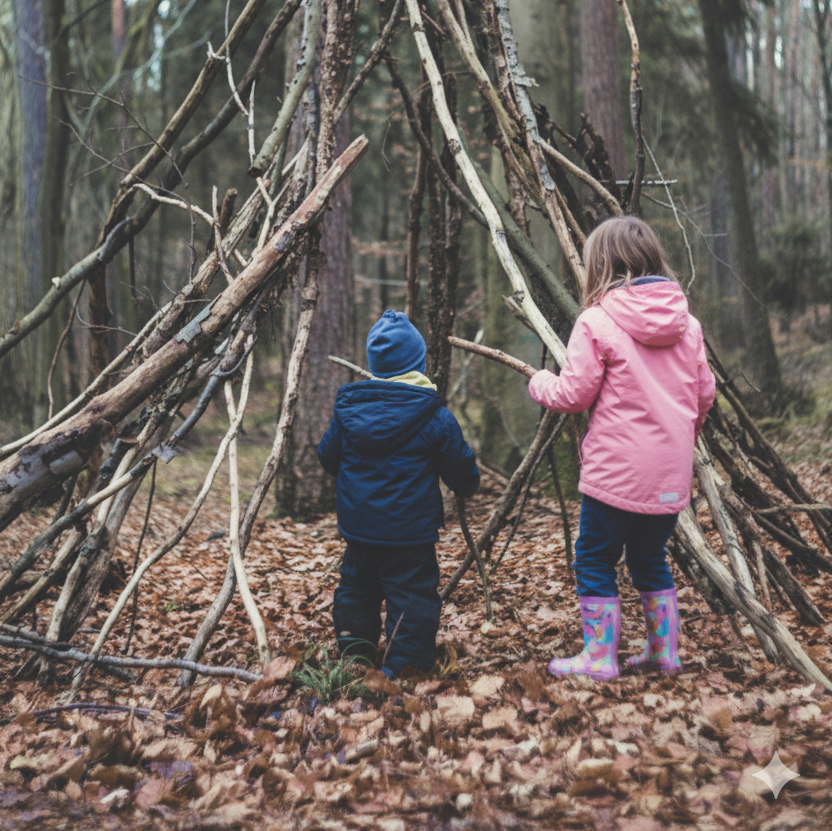· Education · 5 min read
How Do Forest Schools Work? A Parent's Guide
Discover how forest schools operate with weekly outdoor sessions, child-led activities, and natural learning. A practical guide explaining the structure, safety approach, and learning methods for UK parents.
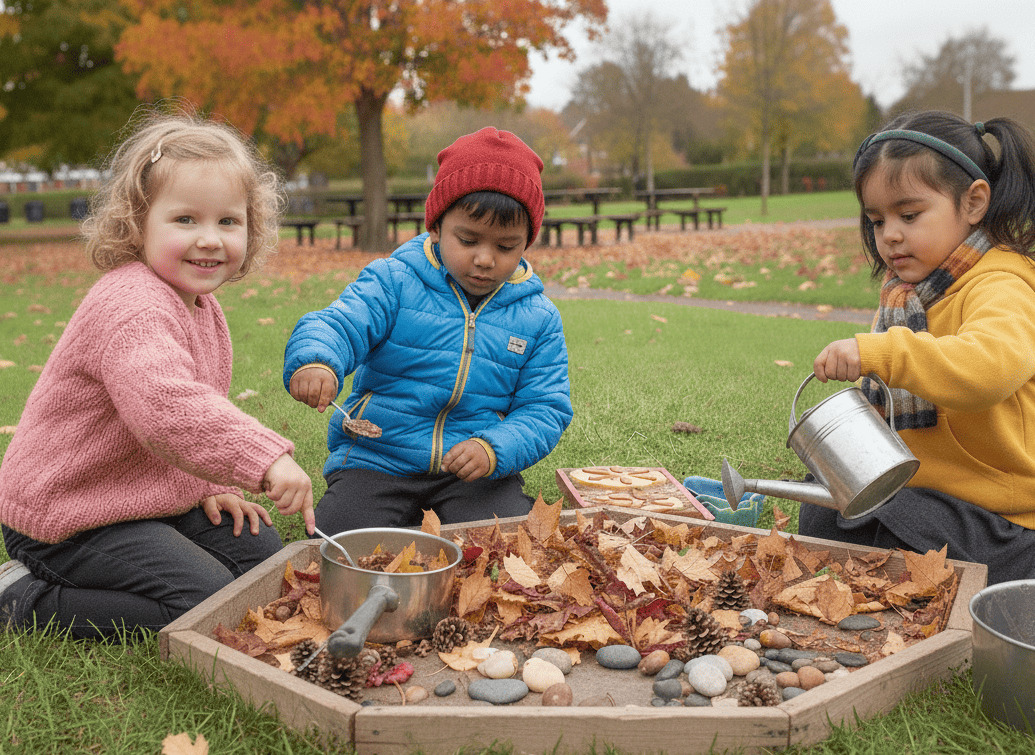
You’ve heard about forest schools. Maybe another parent mentioned them at pickup. Or you read something about outdoor learning on social media. But you’re wondering: how exactly do they work?
Many parents ask this same question. You know your child spends hours indoors each day. You’ve heard forest schools help children build confidence. But what happens during these sessions? How do children learn without desks and whiteboards?
Here’s how forest schools operate and why thousands of UK children attend them each week.
The Forest School Structure and Schedule
Forest schools run differently than regular classrooms. Most programmes meet once a week for three hours. Some meet twice weekly. Children attend the same outdoor space throughout the year.
Quick Facts About UK Forest Schools
| Started in UK | 1993 (from Scandinavia) |
|---|---|
| Active across UK | Hundreds of providers |
| Typical group size | 6-12 children |
| Qualified leaders | At least 1 Level 3 leader required |
| Weather policy | All weather, no cancellations |
Groups stay small. Children stay in the same group for months or years. This builds strong relationships and trust. Many parents report their children develop close bonds with group members and grow in confidence over time.
The same woodland becomes familiar territory. Children know where to find clay by the stream. They remember which trees are good for climbing. They build dens in favourite spots.
How a Typical Session Runs
Every session starts the same way. Children arrive and sit in a circle. They check in with each other and discuss the day’s plans. Leaders might mention new areas to explore or tools available.
Then children choose their activities. Some head straight for the rope swing. Others gather sticks for fire building. A few might start digging or collecting leaves. Leaders don’t assign tasks. Children follow their interests.
What Children Do During Sessions
Popular Activities by Season:
- Spring: Pond dipping, plant identification, nest building
- Summer: Shelter building, nature art, water play
- Autumn: Leaf sorting, seed collecting, mud kitchens
- Winter: Fire skills, animal tracking, tool work
When adults step back, children naturally find challenges that match their development level. They choose activities that help them grow and learn.
Leaders watch and support. They ask questions like “What do you think will happen if…?” or “How could you make that stronger?” They help children think about their discoveries.
Research shows playful social interactions in Forest School support emotional resilience. This helps academic achievement too. Children work together to solve problems. They negotiate who uses tools first. They help each other overcome fears.
Session Structure Timeline
| Time | Activity | Purpose |
|---|---|---|
| First 15 mins | Circle time, safety chat | Check-in and planning |
| Next 2.5 hours | Free choice activities | Child-led exploration |
| Last 15 mins | Pack up, reflection circle | Share discoveries |
Sessions end with circle time again. Children share what they discovered or created. They help pack away tools safely. They plan what to try next week.
How Risk and Safety Work in Practice
Forest schools take a different approach to safety. Instead of removing all risks, they teach children to assess danger themselves. This builds judgement and confidence.
Tool Progression Example
| Beginner Tools | Intermediate Tools | Advanced Tools |
|---|---|---|
| Palm drills | Hand saws | Bow saws |
| Potato peelers | Carving knives | Loppers |
| Small hammers | Larger hammers | Hand drills |
Note: Progression depends on individual child’s readiness, not age
Children learn to use real tools. They start with palm drills and move to saws. Leaders teach proper techniques step by step. Children earn tool privileges through demonstrated competence. Parents often express initial concerns about tool safety but report being impressed by the thorough training and their children’s careful approach.
Daily Safety Checklist
Leaders check for:
- Broken branches overhead
- Slippery surfaces
- Stinging nettles in play areas
- Weather-related hazards
- Tool condition and storage
Risk assessments happen daily. But leaders also look for beneficial risks that help children develop.
Weather rarely cancels sessions. Children learn to dress properly and find shelter when needed. They understand that being cold means moving more or building a fire. They discover that mud washes off but memories last forever.
Research Finding: Children who attended Forest School rated themselves as less tired, less bored, calmer and happier than children in the classroom. The outdoor environment seems to reduce stress and increase focus naturally.
How Learning Happens Without Classrooms
You might wonder how children meet educational goals without textbooks or tests. Forest schools address curriculum requirements through hands-on experiences.
Subject Learning in Forest Schools
Mathematics:
- Counting sticks needed for den building
- Comparing sizes of leaves and stones
- Sorting objects by colour, shape, or size
- Understanding more, less, bigger, smaller
Science:
- Plant observations and identification
- Weather tracking and recording
- Animal behaviour studies
- Understanding ecosystems
English:
- Storytelling around the fire
- Describing discoveries to others
- Writing about outdoor adventures
- Building vocabulary through new experiences
Research conducted by the New Economics Foundation highlights that Forest Schools foster confidence, independence, and development in language and communication. Children describe their discoveries to others. They negotiate and problem-solve through talking.
Leaders document learning through photos and notes. They track how children develop skills like perseverance, teamwork, and creative thinking. This evidence shows progress to parents and schools.
Skills Development Tracking
| Personal Skills | Social Skills | Physical Skills |
|---|---|---|
| Problem-solving | Teamwork | Balance and coordination |
| Risk assessment | Negotiation | Fine motor skills |
| Independence | Leadership | Gross motor skills |
| Resilience | Empathy | Spatial awareness |
Many forest school children return to traditional classrooms with improved concentration and social skills. Teachers notice they take initiative and work well in groups. Parents commonly report increased motivation for learning activities, particularly creative writing and storytelling.
Learning happens through repetition and discovery. Children revisit the same activities multiple times. Each encounter builds deeper understanding. They make connections between different experiences.
The outdoor setting provides endless teaching moments. Seasons change. Animals appear and disappear. Weather creates new challenges. Children learn to observe and adapt.
Forest schools work by combining freedom with structure. Children choose their activities within a safe framework. Qualified leaders guide without directing. Learning happens naturally through play and exploration.
The process builds confidence, independence, and resilience. Children develop practical skills alongside social and emotional growth. They learn to assess risks and make decisions.
If you’re curious about forest schools for your child, visit a local provider. Watch a session if possible. Talk to other parents. Ask about qualifications, safety procedures, and learning approaches.
For answers to common questions about costs, age requirements, and what to expect, check our complete FAQ guide for parents.
Many children thrive in this child-led, outdoor environment. The question isn’t whether forest schools work, but whether they work for your individual child.
